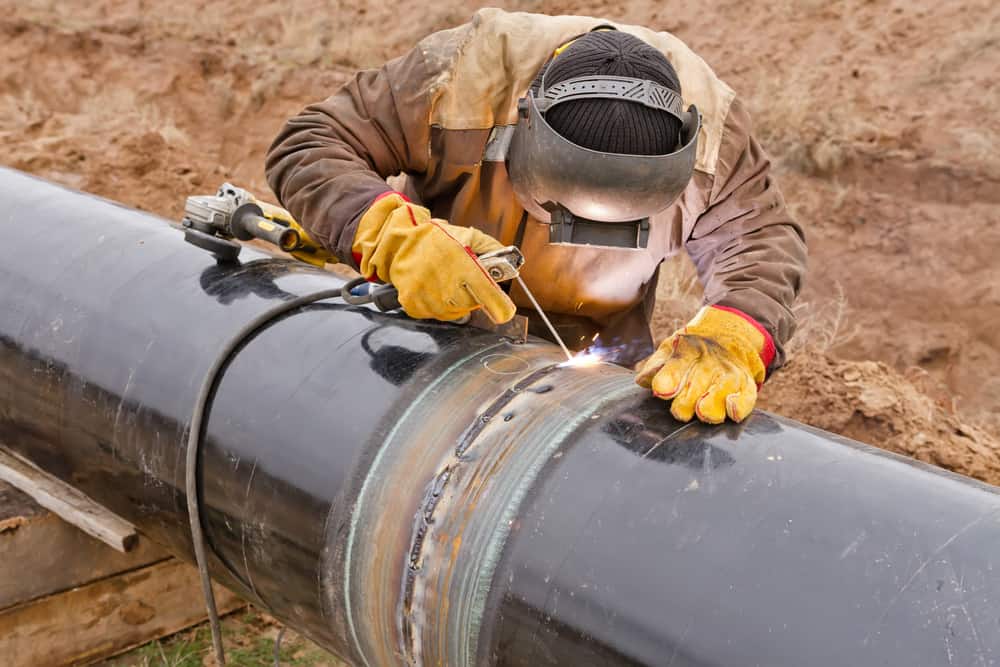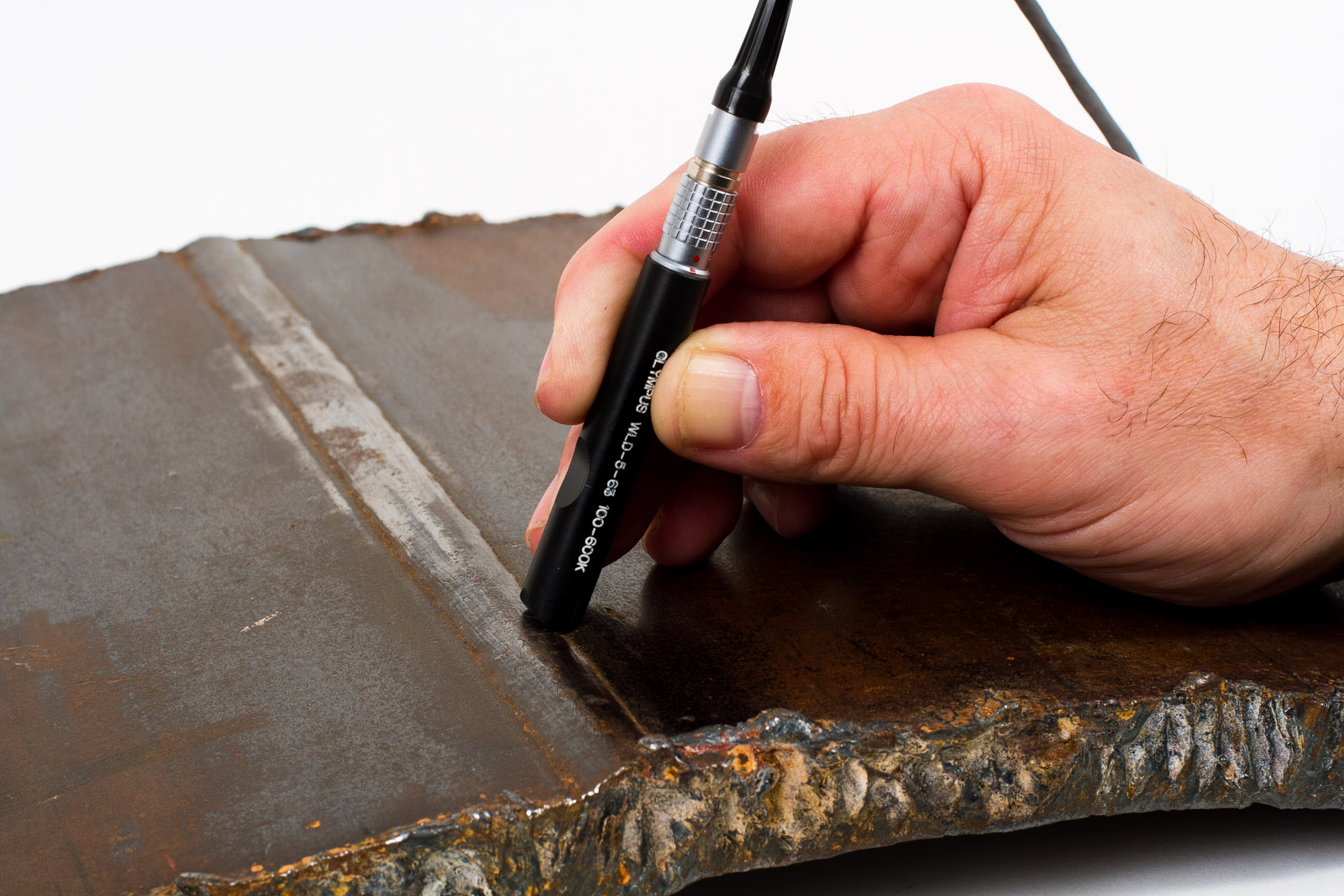Just How Welding Inspection Adds to Longevity and Dependability in Construction Jobs
Welding assessment serves as a foundational component in guaranteeing the durability and reliability of construction tasks. By systematically determining possible issues during different phases of manufacturing, welding evaluations not just protect against costly failures however additionally cultivate a culture of quality assurance within the team.

Importance of Welding Evaluation
Making sure top quality via welding examination is a crucial element of any construction job. It functions as a secure to confirm that welding processes satisfy recognized requirements and requirements, thereby enhancing the overall honesty of the framework or part being made. Welding examination is not just a step-by-step step; it is a vital method that assists identify potential concerns early, making certain that they are resolved prior to they intensify into significant troubles.
The value of welding assessment can be highlighted by its role in maintaining safety and security and toughness. Welded joints are typically subjected to extreme problems, and any flaws can jeopardize the efficiency and long life of the last product. By executing strenuous assessment methods, companies can make sure compliance with industry laws, therefore lessening threats connected with architectural failures.
In addition, reliable welding inspection cultivates confidence amongst stakeholders, including customers and governing bodies, that the task meets the best standards. This not only enhances the track record of the fabricator but likewise adds to lasting price savings by avoiding rework and possible obligations. Eventually, welding examination is integral to the success and integrity of manufacture jobs, strengthening the value of quality control in design techniques.

Common Welding Problems
Welding issues can dramatically undermine the structural honesty of produced parts, making their identification and correction critical. Common welding problems can be extensively classified right into 3 kinds: geometric, metallurgical, and service-related.
Geometric flaws include concerns such as damaging, where the base metal is eroded beside the weld, and extreme convexity, which can cause tension concentration points. These problems can endanger the toughness and toughness of the weld joint.
Metallurgical flaws arise from improper welding procedures or products, leading to troubles such as porosity, where gas pockets develop within the weld, and absence of blend, which occurs when the weld steel stops working to bond properly with the base steel. These problems can dramatically deteriorate the weld's performance.
Service-related issues may not emerge till after the part remains in use. Instances include fracturing because of thermal stress or exhaustion, which can result in tragic failures otherwise dealt with.
Recognizing these common flaws empowers producers to implement efficient inspection methods that boost the dependability and durability of their tasks, ultimately making certain safety and efficiency criteria are met.
Assessment Techniques and Techniques
An extensive strategy to inspection strategies and methods is crucial for description recognizing and minimizing welding issues in manufacture jobs. Numerous approaches are used to guarantee the honesty of welds, including aesthetic examination, ultrasonic testing (UT), radiographic screening (RT), magnetic bit testing (MT), and dye penetrant screening (PT) Each strategy has its staminas and specific applications.

Magnetic fragment screening is advantageous for detecting surface area and near-surface problems in ferromagnetic products. By using a magnetic useful link area and using ferrous particles, assessors can determine interruptions properly. Finally, color penetrant testing highlights surface-breaking problems through the application of a dye that seeps into cracks, making them visible under ultraviolet light.
Utilizing a mix of these methods ensures a strenuous assessment, enhancing the dependability of welded structures.

Influence On Project Durability
Reliable examination practices dramatically influence the durability of fabrication jobs. By identifying prospective issues and inconsistencies in welding procedures, inspections guarantee that structures are developed to endure operational tensions over time. When welds are thoroughly checked out, the chance of unseen issues, which can bring about architectural failures, is minimized.
Routine evaluations facilitate adherence to industry requirements and policies, which are essential for making sure the sturdiness of welded joints. Such compliance not just improves the stability of the project yet also reassures stakeholders relating to the top quality of the job. Furthermore, prompt detection of flaws permits restorative activities to be taken early, preventing pricey repairs or full overhauls down the line.
Additionally, reliable examination techniques foster a culture of quality guarantee within construction groups. When workers are conscious that their job will certainly be rigorously reviewed, they are most likely to follow best techniques and preserve high standards throughout the production process. Eventually, this dedication to top quality not just prolongs the life-span of the project but additionally decreases maintenance expenses, consequently boosting the total financial viability of construction ventures.
Enhancing Reliability in Manufacture
Integrity in construction is considerably improved via rigorous assessment procedures that address prospective weak points in welding practices. Effective welding inspection not just identifies defects early but also provides important responses to welders, making sure adherence to developed specs and standards. By utilizing non-destructive screening techniques, such as radiographic or ultrasonic examinations, producers can determine the integrity of welds without compromising the material.
Additionally, normal evaluations foster a society of high quality and responsibility among fabrication teams. They are more likely to stick to finest procedures and practices when welders understand that their work is subject to strict assessments. This proactive technique lessens the threat of expensive failings throughout the functional phase of a job.
Ultimately, boosting reliability in manufacture with thorough examination refines not just increases the life expectancy of the produced elements yet additionally strengthens stakeholder confidence in the project's general quality and resilience. Spending in robust welding evaluation techniques is crucial for attaining long-lasting integrity in any kind of construction venture.
Final Thought
In summary, welding inspection offers as a vital element in making certain the longevity and dependability of fabrication projects. Ultimately, effective welding examination methods enhance stakeholder self-confidence and significantly add to the economic viability of fabrication ventures.
Welding inspection offers as a fundamental component in ensuring the longevity and Clicking Here dependability of manufacture tasks.Making certain quality via welding inspection is a critical element of any construction project. Eventually, welding assessment is integral to the success and integrity of manufacture projects, reinforcing the value of top quality guarantee in design techniques.
A thorough technique to inspection methods and methods is crucial for recognizing and reducing welding problems in manufacture tasks.In summary, welding assessment offers as a crucial component in making sure the durability and integrity of manufacture tasks.